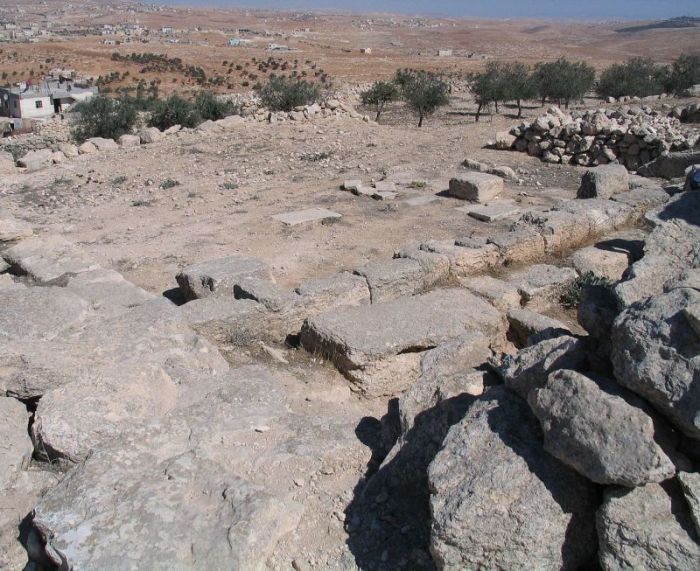Archaeological Discovery: King David City Found Near Jerusalem, Excavations Align With Bible Events

Archaeologists in Israel said they discovered a building below the hills of Hebron near Jerusalem that is linked to King David of the Old Testament, with excavations alluding to events described in the Bible.
According to Breaking Israel News, the dig was led by Professor Avraham Faust of Bar-Ilan University. Researchers identified the remains of the lost city as Eglon, which is mentioned in Joshua 15:39 in the Bible as one of the cities that fought against the Israelites as part of the five Amorite kings coalition.
Faust explained that the dig was aided by burrowing mole rats, which brought earth to the surface, offering initial clues as to what is buried underneath. Radiocarbon dating has since confirmed that the Eglon ruins date back to around 1,000 B.C., which aligns with the period of King David's time.
The archaeological dig director pointed out that some researchers had placed doubt on the historical existence of David for the past 25 years, including the size of his kingdom. He reflected that the latest discovery provides new insight into the biblical figure, however, and that it follows "part of the events in the Bible ascribed to the Kingdom of David."
Faust clarified that although no artifacts bearing the actual name of King David have been discovered, the researchers did find "signs of a social transformation in the region which are consistent with a change from Canaanite culture to a Judean culture."
"Hundreds of artifacts were unearthed within the debris, including a wide range of pottery vessels, loom weights, many metal objects, botanical remains, as well as many arrowheads, evidence of the battle which accompanied the conquest of the site by the Assyrians," he told BIN.
Faust insisted that the evidence for the regional changes are consistent with the period that David's kingdom was supposed to have spread into the area.
"The association with the highland kingdom, as well as the time of the change, are the main discovery, and if someone thinks that there was no King David, that person should come with a different name for the highland king in whose time the region was incorporated into the highland kingdom," he continued.
Dr. Eilat Mazar, a prominent Israeli archaeologist, clarified that researchers do not begin with the specific intention of trying to find proof for the Bible.
"We first find evidence and then try to understand the truth behind the evidence," she noted.
Still, she pointed out that many of the big events surrounding David's life as described in the Bible would not have been of the kind that would have left archaeological proof.
"We can use the Bible as a source to guide our search, but we cannot use the Bible as proof," she said. "But conclusions are drawn after a very long and thorough process of proof. After proving the connection using archaeological methods, the Biblical connection can now be brought."
Others, such as AnaRina Heymann, director of Jerusalem Watch and the outreach coordinator for the City of David, have said that past discoveries, such as an inscribed stone found in 1993 excavations at Tel Dan in northern Israel, offer solid proof that David was a real historical figure.
The inscription found at the time talks of victories over the king of Israel, and references David as the founder of the Kingdom of Judah.
"The Tel Dan Stele absolutely one hundred percent proves that King David existed," Heymann said. "It refutes any claim that King David was merely a story."
In January 2017, archaeologists discovered an ancient wall dating back to the 10th century B.C. in southern Israel's Arava desert region, with some experts insisting that it alludes to David's capture of Edom as found in 2 Samuel 8:13.
Erez Ben-Yosef of Tel Aviv University, head of the team that discovered the structure, said at the time that the wall is further evidence of a hierarchical society that interacted with its neighbors in the time period, which he said "matches up with texts from the Bible and other sources."





























